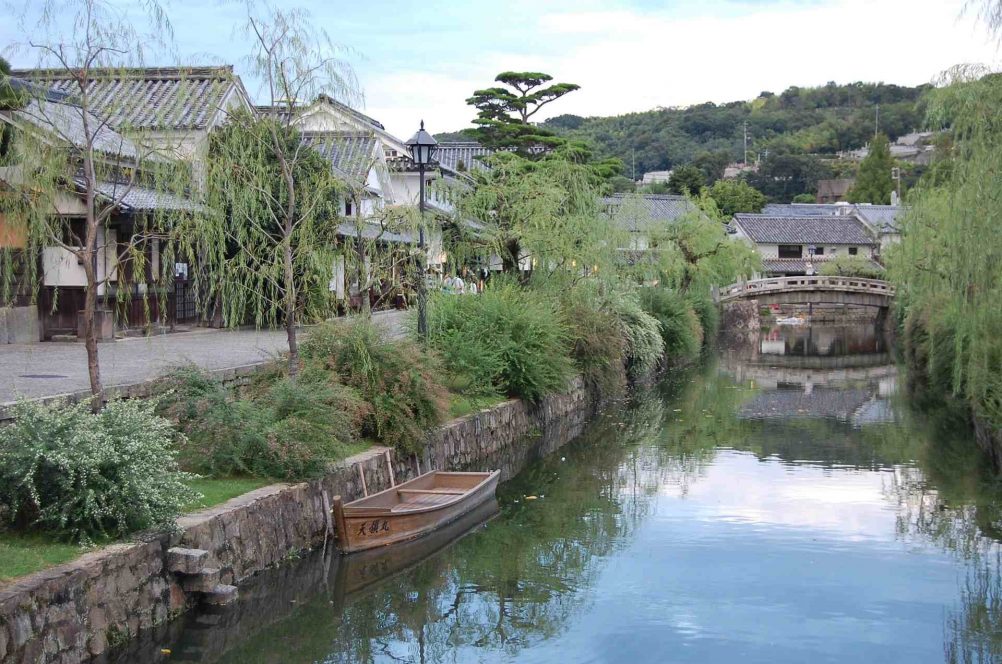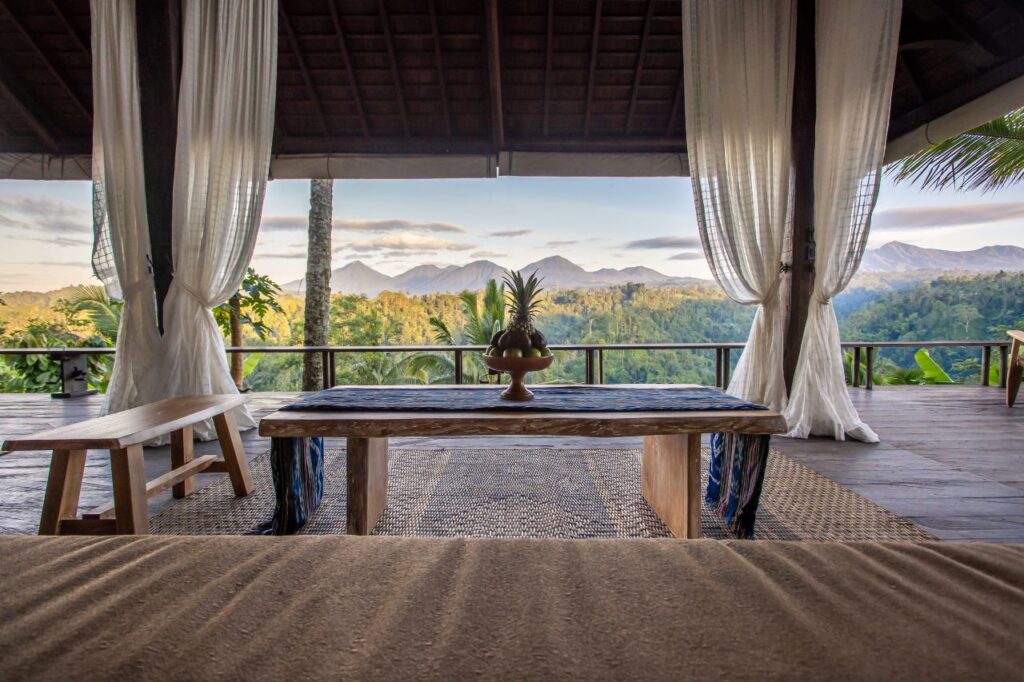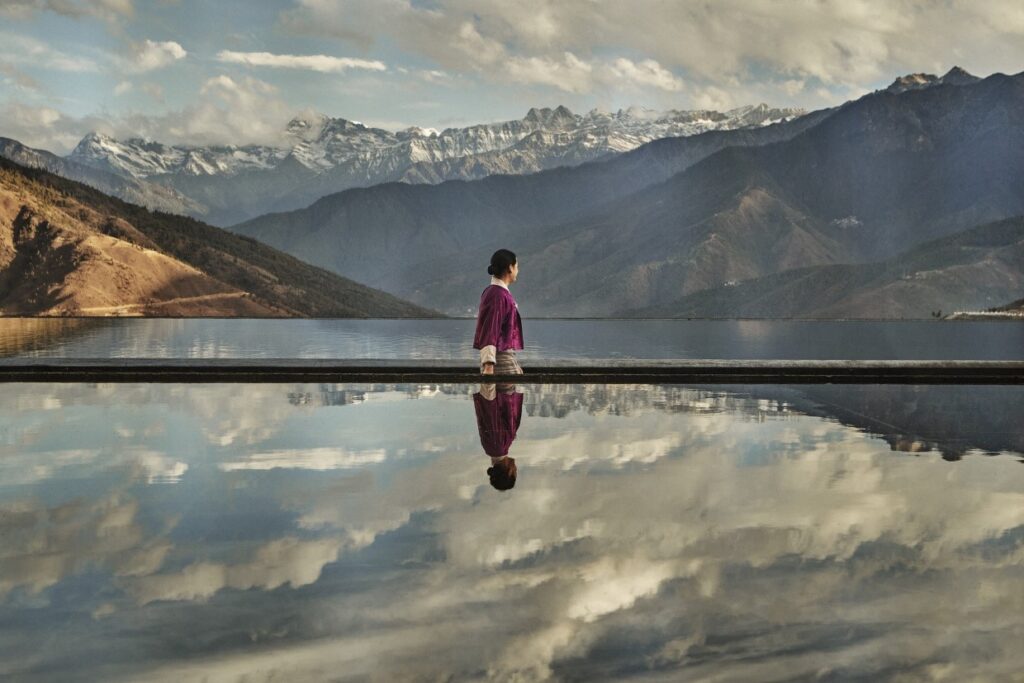This scenic town is one of Japan’s best-kept secrets
Where to go and what to see in Kurashiki.
Words by Ute Junker
Photos Yoshi from Pixabay
Whatever happened to serendipity? The lucky accident, the joy of stumbling across an amazing place by chance, is one of the reasons we travel. Yet as a travel writer, it is something you rarely get to experience. By the time you head to the airport, you have usually done so much research on your destination that you know exactly what you want to see, where you are going to eat, and where you are likely to get the best shots for your Instagram.
Just occasionally, however, you do come across an unexpected treasure – and for me, that was Kurashiki. It wasn’t on my radar, much less on my itinerary. I was actually on my way to Naoshima art island but due to the ferry timetables, I had to overnight in Okayama, a city that no-one much outside of Japan has ever heard of. So I decided to spend the day with a guide and see what they could show me.
Turns out that Okayama does have its attractions, including the 11-hectare Korakuen Garden, one of Japan’s three famous gardens, and the city’s status as the birthplace of folk hero Momotarō, or Peach Boy – cue plenty of quirky souvenirs. The real reason to head to Okayama, however, lies at the end of a 15-minute train trip out of town: the beautifully-preserved water town of Kurashiki.
During the Edo period Kurashiki was a major rice trading centre and the beautifully-preserved Bikan Historic Area offers a slice of time travel, with its its black-tiled merchants’ houses flanking a canal shaded by cherry trees and weeping willows. The area is not vast but with many of the antique buildings now housing small studios leased by fashion designers and ceramicists – keep an eye out for the area’s distinctive unglazed bizen pottery – there is plenty to discover.
Stroll along Honmachi-dori Long Street, lined with shops, cafes and restaurants, and take a wander through Kurashiki Ivy Square, site of Japan’s first cotton mill, and you are unlikely to see many other foreign tourists.
Also worth checking out is Kurashiki Denim Street in the Kojima district. Kurashiki was home to Japan’s first denim factory and dozens of manufacturers still produce here, mostly using the long-lasting indigo dye known as Kojima blue. At the Betty Smith Jeans Museum you can even customise your own pair of jeans.
Kurashiki is home to a number of museums but the don’t-miss is the Ohara Museum. Japan’s oldest collection of Western art was established in 1930 by local magnate Magosaburo Ohara and contains paintings by El Greco, Monet, Matisse, Gauguin, and Renoir. The museum also houses collections of Egyptian and contemporary art.
If you enjoy cycling, you may want to tackle the nearby Kibi Plain cycle trail. The 17km trail between Bizen-Ichinomiya and Soja stations is well-marked and largely flat, with bike hire available at either end. The largely rural route follows the journeys of the mythical Prince Kibitsuhiko, and takes you past temples and burial grounds and through tranquil countryside where you can watch rice farmers at work.



